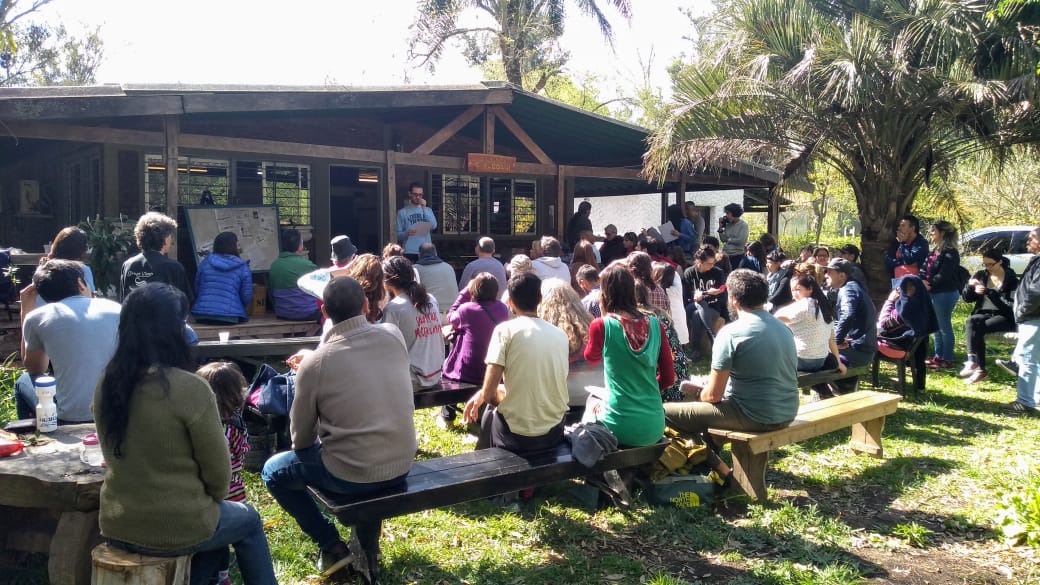Transcribo parte de la charla con la gente de feijoafeijoa de Nueva Zelanda:
In Argentina, maybe we can’t talk about “cultivars” in this case, as all feijoas we have (and almost all feijoas i know in the nurseries) are growing from seeds. So they are not clones of another feijoa. But, for sure, our feijoas must be similar to the one André took to France.
“Are there scientific/horticultural places in Argentina that specialise in feijoas? “
Not so much, I know about scientific or commercial efforts in Uruguay. All I know is information on the Internet. There are published studies on the antioxidant capacity of feijoa compared Guaviyú, pitanga and arazá (all from the same family):
Propiedade nutritivas y farmacéuticas de Arazá, Guaviyú, Pitanga y Guayabo
In Uruguay are marketed in a nascent, there are small producers in northern Argentina, but do not specialize in feijoa but several of these native fruits (there are many interesting species!).
http://www.inia.org.uy/online/site/987044I1.php
In Brazil may be marketed more as the market and the population is more accepting of “exotic” fruits.
Here in Argentina nobody knows anything about the feijoas, at best, they are called false guava, and there are even nurseries, which they say gives an inedible fruit!
This means that here is like talking about “alien eggs”. People in general is biased with green fruit, think they are immature and do not even want to try it! And to think that is 6 times more antioxidants than grapes! It is wrong to ignore this.
In Colombia they are studying it:
http://www.cci.org.co/cci/cci_x/Sim/Manuales/Productos/Frutas/Feijoa/feijoa02.htm
—
In recent weeks I discovered nurseries do sell Feijoa sellowiana (and call it “false guava” or sometimes acca sellowiana). Prices vary widely, from $ 35 to $ 170 (Argentine pesos (1 dollar = 4.4 pesos)) to the nursery, tree size and age. There are copies for sale from 1 to 3 years old, height ranging from 50 cm to 1.8 m.
The interest of the growers is generally sold as an ornamental tree, not sold off. Perhaps the nurseries in the north (Misiones, Corrientes, Chaco) have more opportunity to produce fruit, but here in Buenos Aires (center of the country) that does not happen.
I have a friend who tried the feijoas as a kid, he went to a religious school and the priests gave the fruit for dessert, they ate with a spoon. That happened for the 1980 approximately. Then, almost no one knows the feijoas here. I was lucky to find in my city (Junin) a nurseryman who had eaten and cultivated feijoas a child, and now thanks to him I have these copies.
I’ll try, anyway, to get other more grown specimens (3 years old) so I can see the fruits during summer-autumn in 2013. Here in Buenos Aires I guess we have a climate similar to New Zealand.
—
Thanks for all your dedication and above all for your good vibes: I began to grow feijoas because I wanted a tree that could grow with the Fukuoka method of not-doing, trying to look more to master nature, respect, wonder, living in company the beauty it produces. Good luck also with your feijoas and hopefully produce more fruit in the future.
How old are your feijoas? They are seed or clones?
